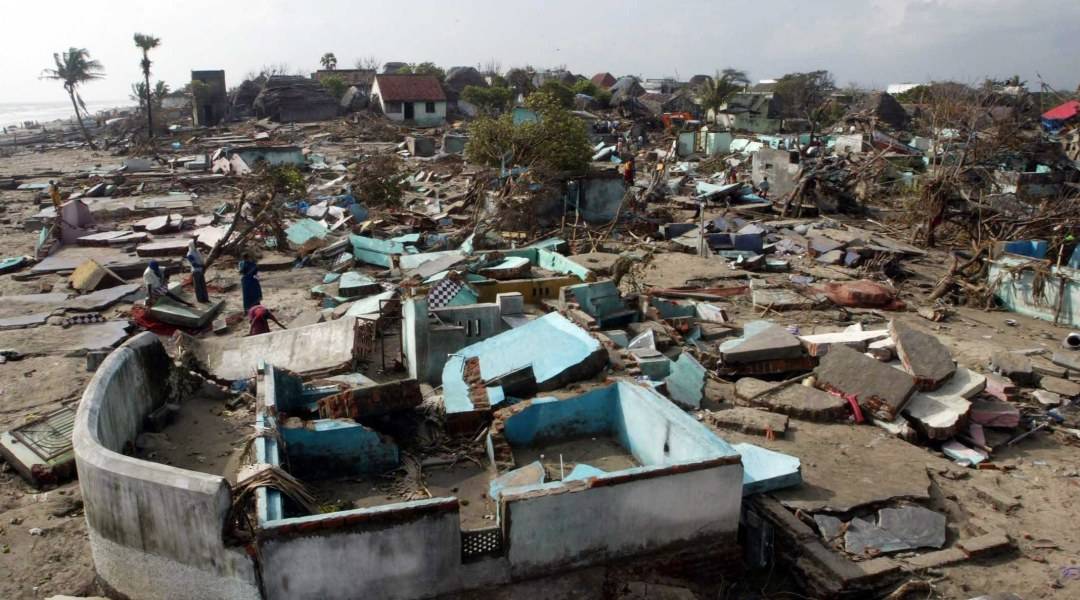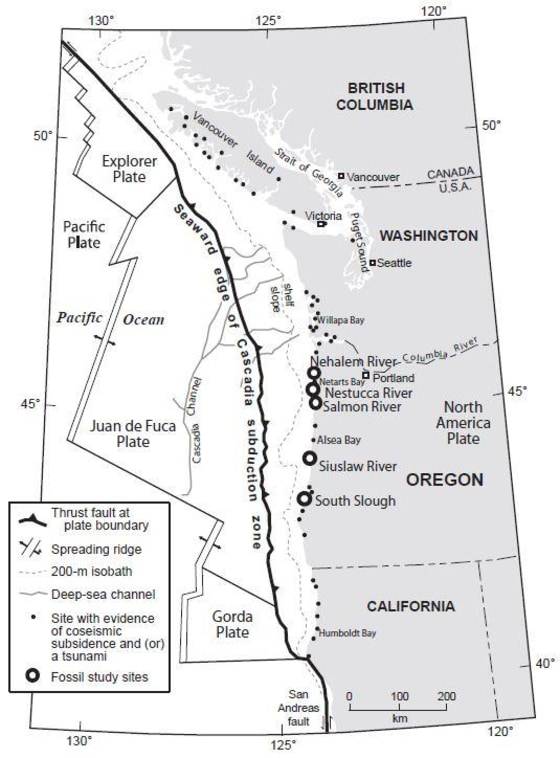7.6 magnitude earthquake south of Philippines
Earthquakes Hit Southern Philippines; No Damage : NPR
i am sure a bunch more stories will be popping up
Earthquakes Hit Southern Philippines; No Damage : NPR
i am sure a bunch more stories will be popping up



